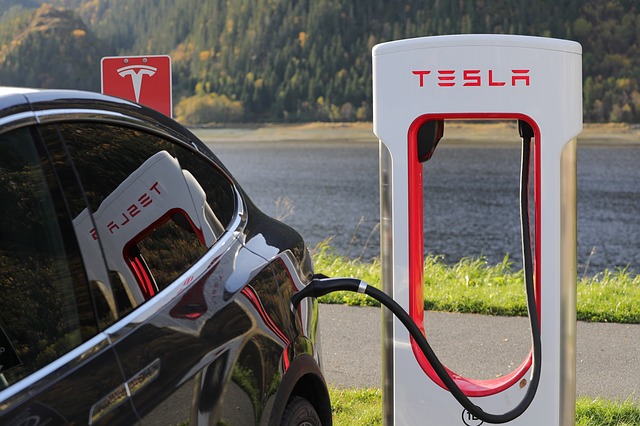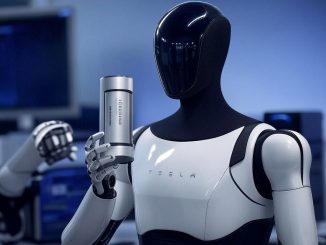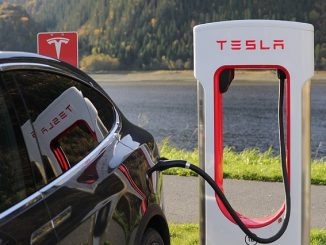
As of 2016, the World Health Organization (WHO) had surveyed 3,000 cities in 103 countries for urban air quality.
The results showed that “98% of cities in low- and middle income countries with more than 100,000 inhabitants did not meet WHO air quality guidelines.” In high-income countries, that percentage was at 56%. As these high percentages suggest, air pollution is a very serious matter.
In fact, in 2012 a total of 3.3 million deaths were linked to indoor air pollution and 2.6 million deaths related to outdoor air pollution.
The most dangerous air pollutant are fine particles called PM2.5. These are atmospheric particulate matters with a diameter less than 2.5 micrometers — approximately 3% the diameter of a human hair. They stay in the air from hours to weeks, thus human and animals get to inhale them more. These particles are so fine that they can penetrate deep into the lungs and even get into the circulatory system.
This exposure can lead to death due to cardiopulmonary and lung cancer. PM2.5 is also known to trigger or aggravate chronic medical conditions like asthma, bronchitis, and heart attacks. It can also cause birth defects among babies of mothers who have been exposed to these air pollutants.
PM2.5 comes from various sources such as the following:
- Airplanes
- Motor vehicles
- Power plants
- Forest fires
- Residential wood burning
- Agricultural burning
- Dust storms
- Volcanic eruptions
- Others get formed during interaction among gases and particles in the atmosphere
Other common air pollutants are: carbon monoxide, lead, sulfur dioxide, and nitrogen dioxide.
Even ozone can be harmful. The ozone molecules in the stratosphere are called “good ozone” because they protect us from the Sun’s ultraviolet rays. However, ground-level ozone (GLO) can cause a person to suffer chest pain, coughing, throat irritation, and airway inflammation. GLO can also aggravate respiratory illnesses like asthma, bronchitis, emphysema. Children, elderly people, and individuals with reduced intake of vitamins C and E and other nutrients are at higher health risk from ozone exposure.
According to the United States – Environmental Protection Agency (US-EPA), this bad ozone comes from “chemical reactions between oxides of nitrogen (NOx) and volatile organic compounds (VOC) in the presence of sunlight. Emissions from industrial facilities and electric utilities, motor vehicle exhaust, gasoline vapors, and chemical solvents are some of the major sources of NOx and VOC.”
Ground-level ozone can also harm sensitive vegetation and ecosystems.
So, people who have made the decision to shift to electric cars are actually doing the planet a lot of good!
Conserve Energy Future has listed some the great benefits EVs offer:
- No Gas Required
- Savings
- No Emissions
- Safe to Drive
- Cost Effective
- Low Maintenance
- Reduced Noise Pollution:
However, one of the biggest challenges in adopting an electric car are “recharge points.” The fact is, not all car owners have easy access to a charger at home or in the workplace. What’s more, most people in cities don’t have houses, let alone garages.
To begin addressing the problem Tesla (NASDAQ:TSLA) just announced the opening of its two Supercharger stations in Boston and Chicago with further expansion to be made this year.
According to the company’s blog post:
“Supercharger stations in urban areas will be installed in convenient locations, including supermarkets, shopping centers and downtown districts, so it’s easy for customers to charge their car in the time it takes to grocery shop or run errands. They also have the same pricing as our existing Superchargers, which is far cheaper than the cost of gasoline.
Superchargers in urban areas have a new post design that occupies less space and is easier to install, making them ideal for dense, highly populated areas. To increase efficiency and support a high volume of cars, these Superchargers have a new architecture that delivers a rapid 72 kilowatts of dedicated power to each car. This means charging speeds are unaffected by Tesla vehicles plugging into adjacent Superchargers, and results in consistent charging times around 45 to 50 minutes for most drivers.”
With the first urban Superchargers opened in Boston and Chicago, and the expansion of the Supercharger network of fast-charging stations to dense urban areas, we can expect Tesla to keep on leading the EV market. The company, despite its struggle on the manufacturing front, remains a favorite and in tune with the needs of current and future customers. More importantly, Tesla’s opening of the first two charging stations in downtown Boston and Chicago marks, finally, the start of the real electric revolution.
- Bulenox: Get 45% to 91% OFF ... Use Discount Code: UNO
- Risk Our Money Not Yours | Get 50% to 90% OFF ... Use Discount Code: MMBVBKSM
Disclaimer: This page contains affiliate links. If you choose to make a purchase after clicking a link, we may receive a commission at no additional cost to you. Thank you for your support!




Leave a Reply